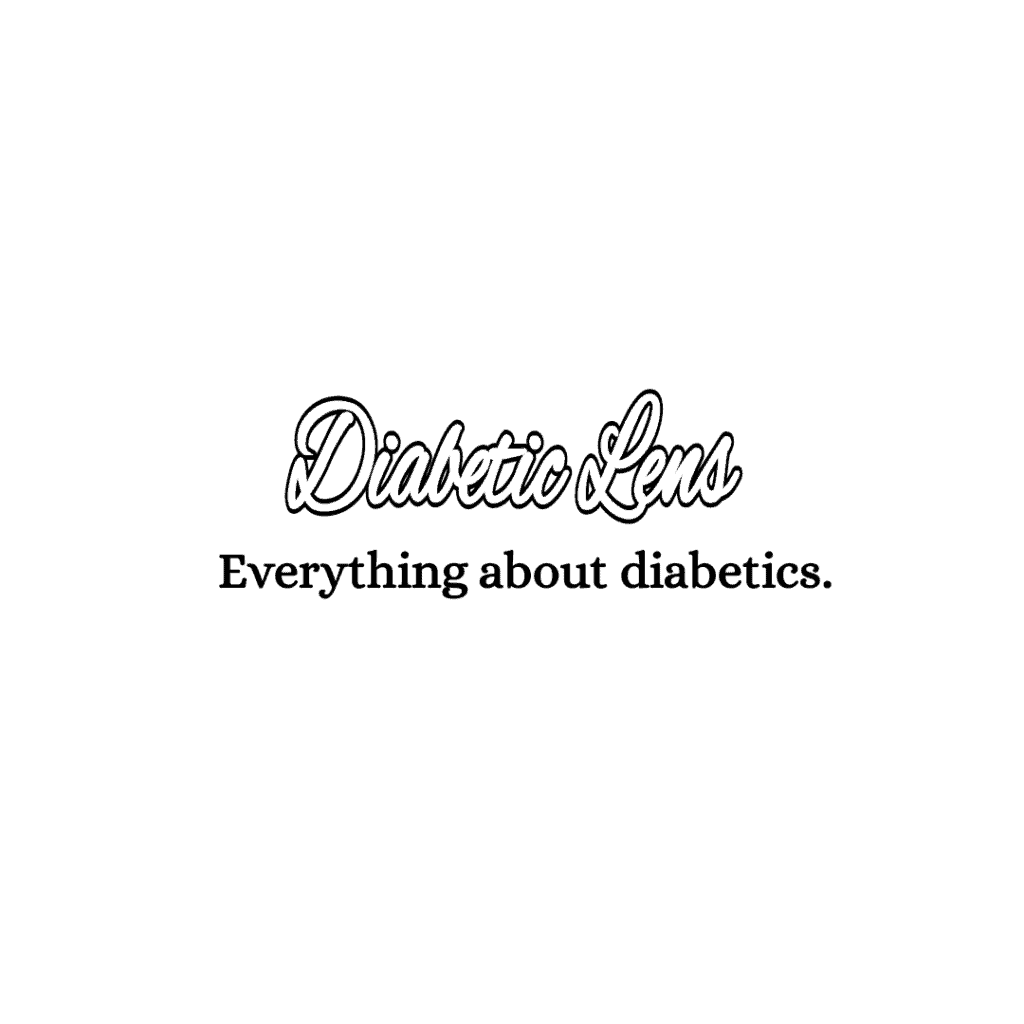Table of Contents
Is Baba Ganoush Good For Diabetics?
Baba Ganoush was one of the first foods I tried during my visit to the Levant region a few years ago, and it left a lasting impression. Alongside other delicious street foods like shawarma, this creamy dip became a delightful discovery. That trip sparked a culinary obsession, and I’ve since worked to replicate the exceptional Baba Ganoush I experienced, with the help of a Lebanese friend who taught me the art of perfecting this dish.
But the big question for diabetics is: Is Baba Ganoush good for you? Diabetes often requires scrutinizing every food choice, including appetizers and dips. In this article, we’ll explore everything diabetics need to know about Baba Ganoush — its ingredients, health benefits, and whether it fits into a diabetic-friendly diet.
Get your favorite Diabetics Cookbook here.
What is Baba Ganoush?
Baba Ganoush is a traditional Levantine appetizer made from roasted eggplants, olive oil, tahini, lemon juice, garlic, and seasonings. It’s typically served as a dip, side dish, or starter. This versatile dish has similarities to Romanian eggplant salad, but its unique preparation methods and ingredients set it apart.
The preparation process begins by roasting eggplants over an open flame until their skin is charred, imparting a smoky flavor. The softened eggplant is then mashed by hand or in a food processor with tahini, lemon juice, and other ingredients to create a creamy dip. Hand-mashing the eggplant retains a chunky texture, but methods and variations can differ based on the chef’s preferences.
Is Baba Ganoush Healthy?
Baba Ganoush is a nutritious and flavorful dish that offers several health benefits. A typical serving provides approximately:
- Calories: 100 kcal
- Fat: 6 grams
- Protein: 2 grams
- Carbohydrates: 3 grams
- Sodium: 150 mg
It’s also a rich source of minerals like manganese, potassium, and copper, primarily due to the eggplant and tahini. Let’s break down its core ingredients:
- Eggplant: High in dietary fiber, eggplant promotes fullness and helps regulate blood sugar. Its antioxidants, including nasunin (found in the skin), combat free radicals, though the skin is often removed in recipes.
- Olive Oil: A source of healthy monounsaturated fats, olive oil supports heart health and weight management.
- Tahini: Made from sesame seeds, tahini is packed with magnesium and phosphorus, along with polyunsaturated fats that help improve insulin sensitivity.
- Lemon Juice: Provides vitamin C, an immune-boosting antioxidant, and adds a refreshing tang to the dish.
Baba Ganoush is gluten-free, low in calories, and low in carbohydrates, making it a healthy addition to most diets, including diabetic meal plans.
Is Baba Ganoush Good for Diabetics?
Yes, Baba Ganoush is a diabetic-friendly option. Its ingredients are mostly natural, contain no added sugars, and are low in carbohydrates, making it a great choice for maintaining stable blood sugar levels. Here’s why it works well for diabetics:
- Eggplants: Research shows that eggplant contains compounds that inhibit the enzyme responsible for converting starch into sugar, helping to regulate blood sugar levels. Even without the skin, eggplants in Baba Ganoush retain about 2.5 grams of soluble fiber, which slows digestion and glucose absorption. With a glycemic index (GI) of 15, eggplant is an excellent low-GI food.
- Tahini: Derived from sesame seeds, tahini is rich in lignans—bioactive compounds that can improve insulin secretion and concentration in diabetics.
- Lemon Juice: Low in calories and glycemic impact, lemon juice contributes vitamin C, which may help regulate insulin levels and provide additional benefits for diabetics.
While the glycemic index of Baba Ganoush itself hasn’t been specifically studied, the low GI of its core ingredients suggests it would rank favorably. However, portion size is crucial, as overeating—even low-GI foods—can lead to elevated blood sugar levels.
Ingredient Substitutions for a Healthier Baba Ganoush
To make Baba Ganoush even more diabetic-friendly, consider these substitutions:
- Tahini Alternatives: While tahini is already a healthy ingredient, you can use low-fat versions or almond butter if you’re looking to reduce calories and fats.
- Olive Oil: Stick to extra virgin olive oil for its higher antioxidant content. Use it sparingly to keep the dish light.
- Seasonings: Avoid pre-made seasonings that may contain added sugars or sodium. Opt for fresh garlic, smoked paprika, and a pinch of salt.
How to Enjoy Baba Ganoush as a Diabetic
While Baba Ganoush is safe for diabetics, moderation is key. A serving of 5–10 tablespoons can be enjoyed without concern. Pairing it with low-GI sides like vegetable sticks, cucumber slices, or whole-grain crackers is a great way to balance the dish and avoid blood sugar spikes.
It’s important to avoid pairing Baba Ganoush with high-GI sides like pita bread, which could counteract the benefits of the dip.
Conclusion
Baba Ganoush is a safe and healthy appetizer that diabetics can enjoy in moderation. Its ingredients—eggplant, tahini, olive oil, and lemon juice—offer numerous health benefits, from blood sugar regulation to improved insulin sensitivity. However, portion control is crucial, as overeating even low-carb foods can still impact blood sugar levels.
To make it part of a balanced diet, consider pairing it with protein-based sides or low-carb vegetables. Avoid high-GI accompaniments like traditional pita bread to maintain stable blood sugar levels. Always consult with a dietitian for personalized advice on incorporating dishes like Baba Ganoush into your meal plan.
With its rich, smoky flavor and nutritional benefits, Baba Ganoush is a wonderful addition to a diabetic-friendly diet. If you haven’t tried it yet, this creamy, versatile dip might just become one of your favorites.
